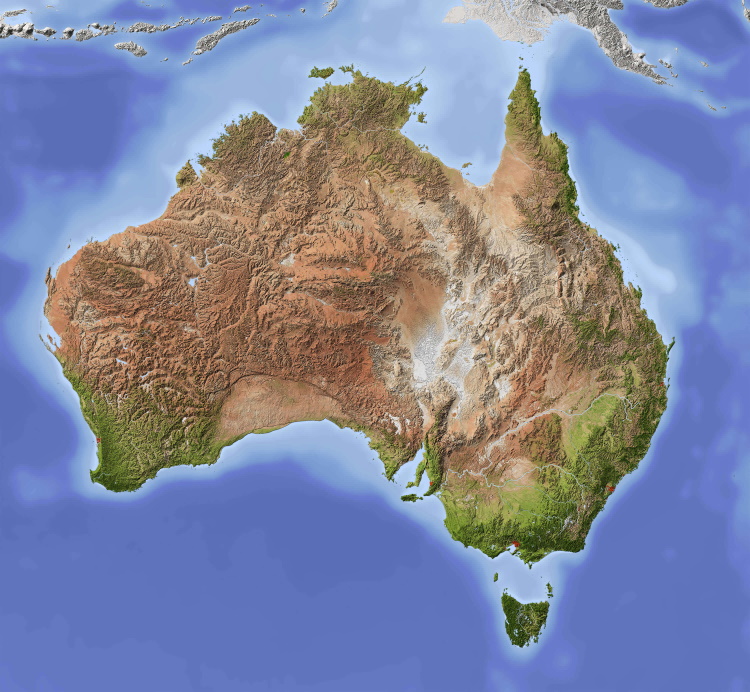Many of us are now dressed head to toe in plastic.
A textile derived from the same non-renewable source as takeaway containers, has grown to make up more than half of the clothes bought in Australia.
Polyester is durable, cheap, and dries quickly. It’s also easy to print patterns on.
It’s commonly used by itself or as a blend with other textiles. It’s used for gym clothes and sports uniforms, party dresses, work attire, and many cheap fast fashion items.
And every purchase is taking an environmental toll.
One Australian study by RMIT found a single 100 per cent polyester T-shirt has a carbon footprint — from creation through to when you dump it in the bin — equivalent to 20.56 kilograms of CO2 emissions (CO2e).
That’s equivalent to driving 140 kilometres. Buy just six tops, and that gets you all the way from Melbourne to Sydney.
So, what’s involved in getting a T-shirt from a fossil fuel, to the one you might be wearing right now? Here’s its journey along the supply chain.


I cant say for certain, but I can definitely speculate. I do know cotton requires a fair amount of water to grow, but I don’t think it would use as many petrochemicals in the production. Though it would still use some, even if that is just in the supply chain through things like diesel for trucks and ships. The chemicals they use (like pesticides) may be derived from petrochemicals, but even if they aren’t they could be damaging to the environment in many other ways. So I think polyester could have the greatest emissions of the two.
I guess it could depend on the scale of production too. Like if we were to try and replace all polyester clothing with cotton, that could have a massive impact due to the amount of land and water needed to produce such quantities of cotton clothing and such. But at the same time, creating clothes out of plastic isn’t going so well either.
Ultimately we will probably still have to have some diversity materials for sustainable clothing production. It will really come down to a balance of land use, water use, what uses the least amount of chemicals, and probably a lot of other considerations.